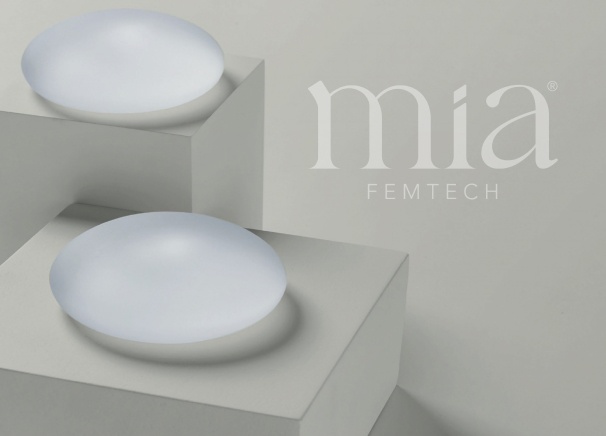

The MIB CENTER Philosophy
Minimally invasive surgery, an undeniable achievement in the medical field, is gradually becoming a standard among surgeons with the highest level of expertise. Through small incisions and the use of specialized instruments such as laparoscopes and endoscopes, surgeons can perform highly precise procedures without the physical trauma associated with traditional surgical techniques.
These methods also lead to faster post-operative recovery and reduced risk of complications. Additionally, smaller and less visible scars, along with shorter hospital stays, contribute to the growing interest and commitment surrounding minimally invasive surgery.
Minimally Invasive Breast Augmentation
Breast augmentation is one of the most frequently performed surgical procedures among women. Thanks to continuous technological advancements and ongoing scientific research, minimally invasive surgery can now be incorporated into both reconstructive and cosmetic breast operations.
The MIA (Minimally Invasive Augmentation) technique allows for breast enhancement under local anesthesia in just fifteen minutes. Tiny incisions are made under the arm, through which specially designed ultra-soft implants are inserted. With a rapid recovery and same-day discharge, the MIA technique has become a preferred option for many patients.


The use of insertion sleeves in breast augmentations is a surgical innovation that enhances safety, aesthetics, and patient comfort. This technique reduces the risk of infection by avoiding direct contact between the implant and the skin, allows for smaller incisions, and results in less visible scarring. It also improves implant handling, thereby reducing the risk of capsular contracture.


Breast Cancer Surgery
Breast cancer surgery under local anesthesia provides a less invasive and more comfortable alternative for patients. Thanks to high-definition cameras, these modern techniques enable surgeons to better visualize internal structures and operate with exceptional precision, facilitating tumor detection and removal.
The use of fluorescence imaging to detect sentinel lymph nodes in breast cancer enhances the safety and precision of surgical procedures. It eliminates radiation exposure and allows surgeons to visualize and locate the sentinel node in real time during surgery.
Mastectomies, immediate reconstructions with implants, and lumpectomies performed under local anesthesia enable faster recovery and earlier discharge. They also help avoid the potential complications associated with general anesthesia. Furthermore, remaining conscious during the procedure can provide reassurance for patients.


Prophylactic Surgery
Prophylactic surgery is performed to reduce the risk of developing certain diseases, particularly hereditary cancers. This approach is often recommended for individuals with specific genetic mutations, such as BRCA1 and BRCA2, which are associated with a high risk of breast and ovarian cancer. By preemptively removing high-risk tissue or organs, prophylactic surgery aims to prevent the onset of disease.


Techniques
The adoption of endoscopic and robotic surgery has revolutionized minimally invasive procedures by reducing the need for extensive lymph node dissection.


Discover the Congress
paris
June 2025
The MIB Meeting is a major event where leading oncologic, breast, and aesthetic surgeons gather to present the latest innovations in minimally invasive breast surgery.
During the congress, live minimally invasive surgeries are performed, allowing attendees to observe advanced techniques in real-time.
News and Updates
To learn more, you’ll find a selection of articles available on minimally invasive surgery and the techniques involved.
exchanges with web users
exchanges with web users





